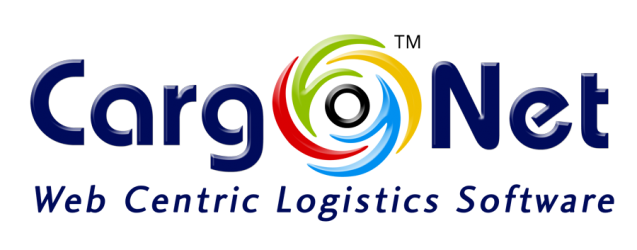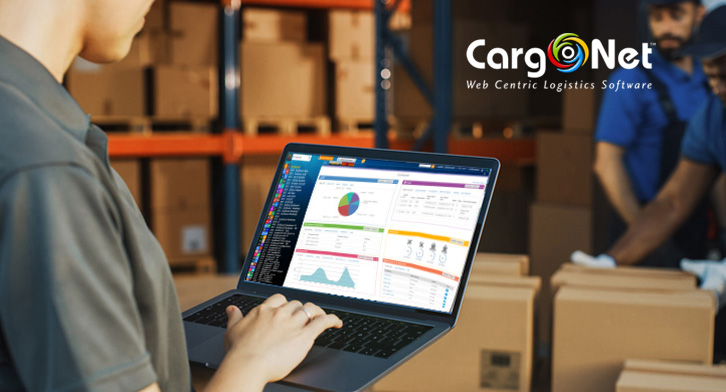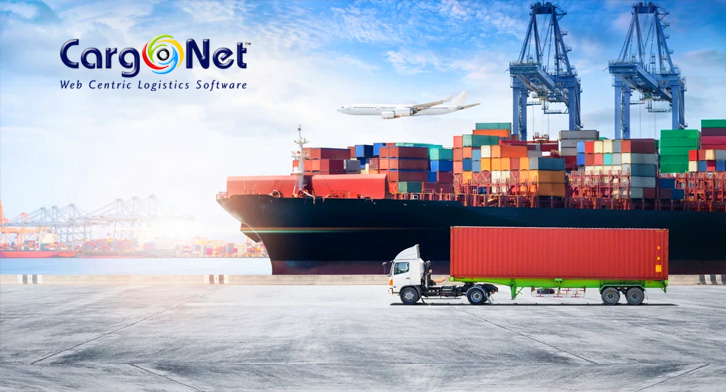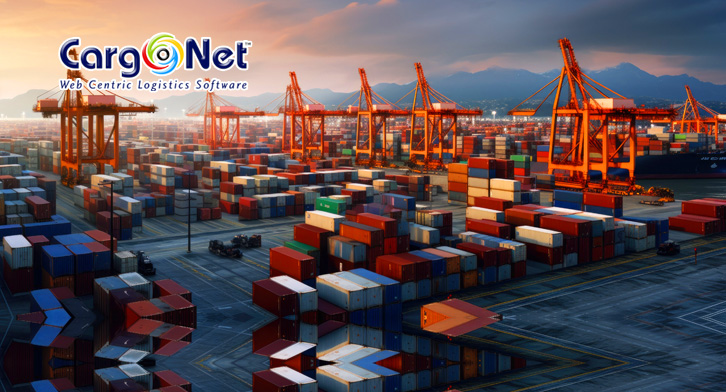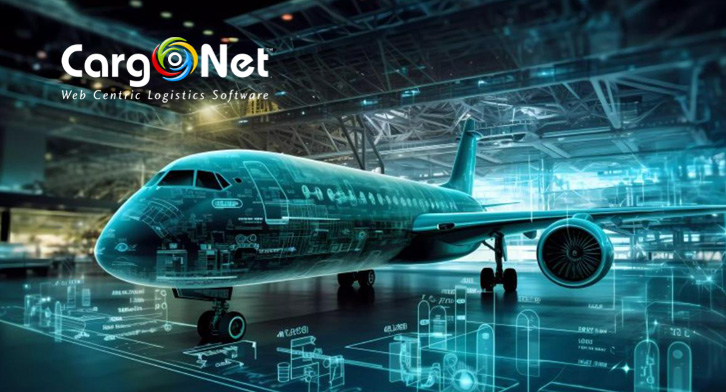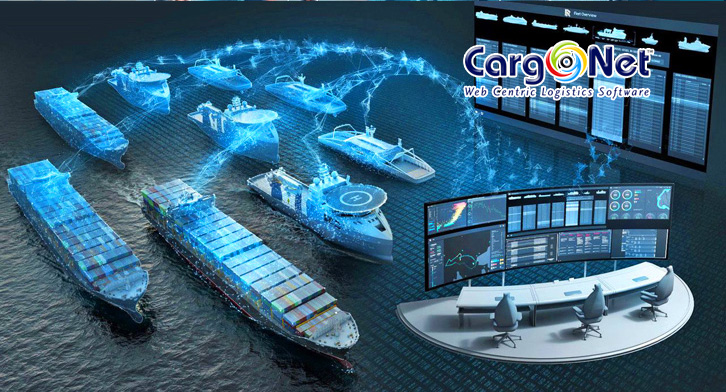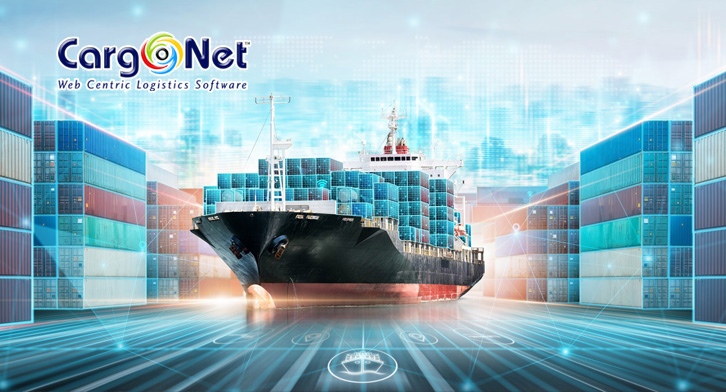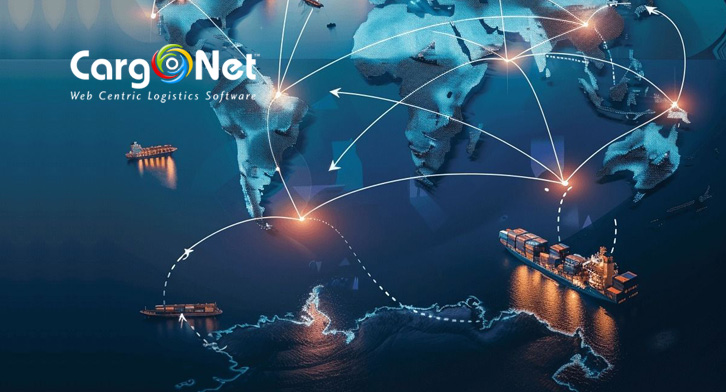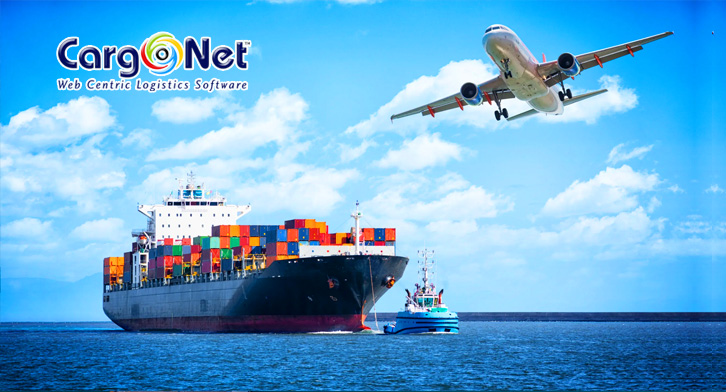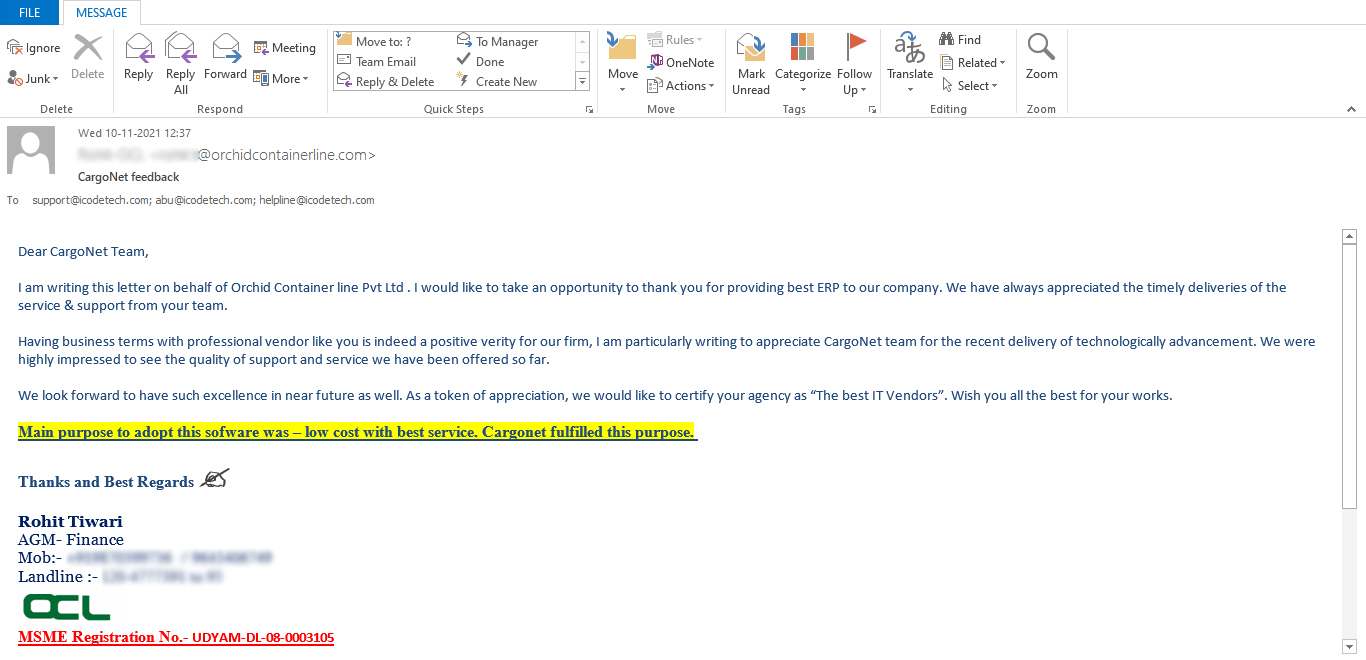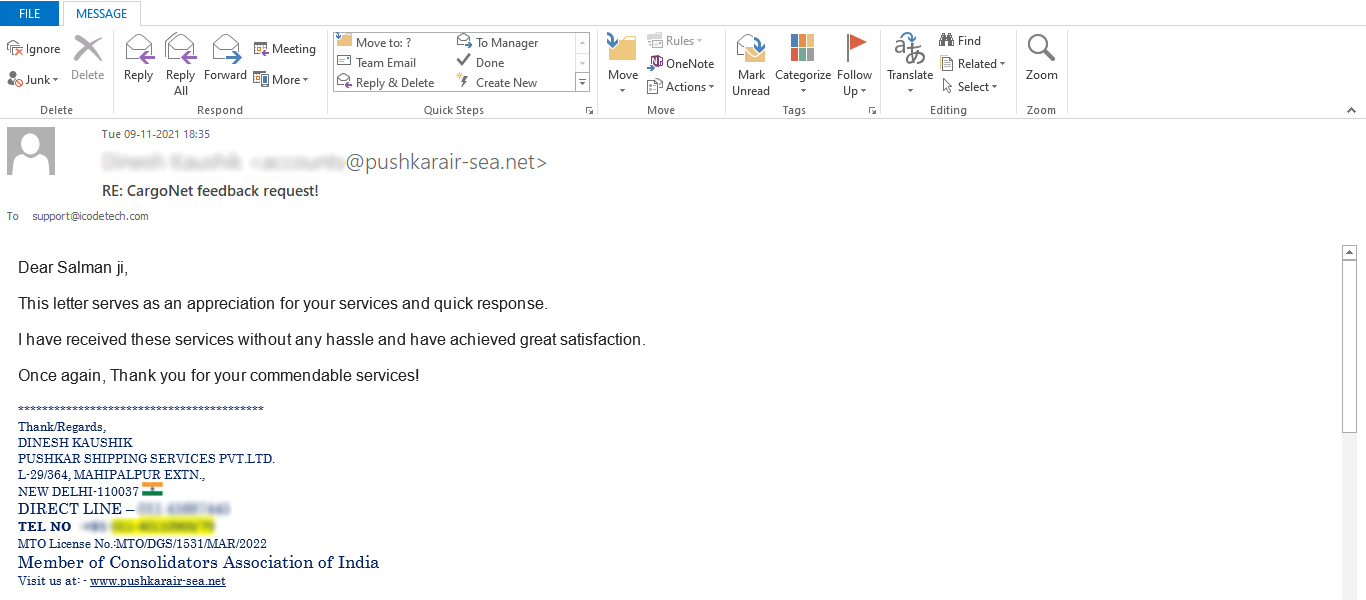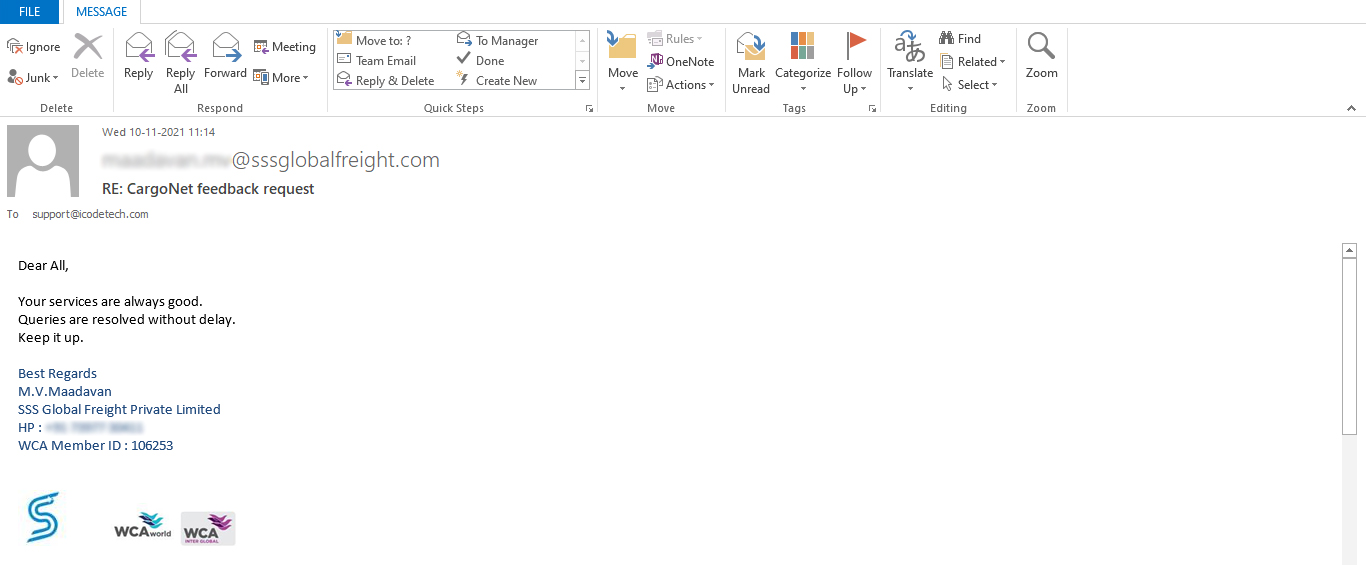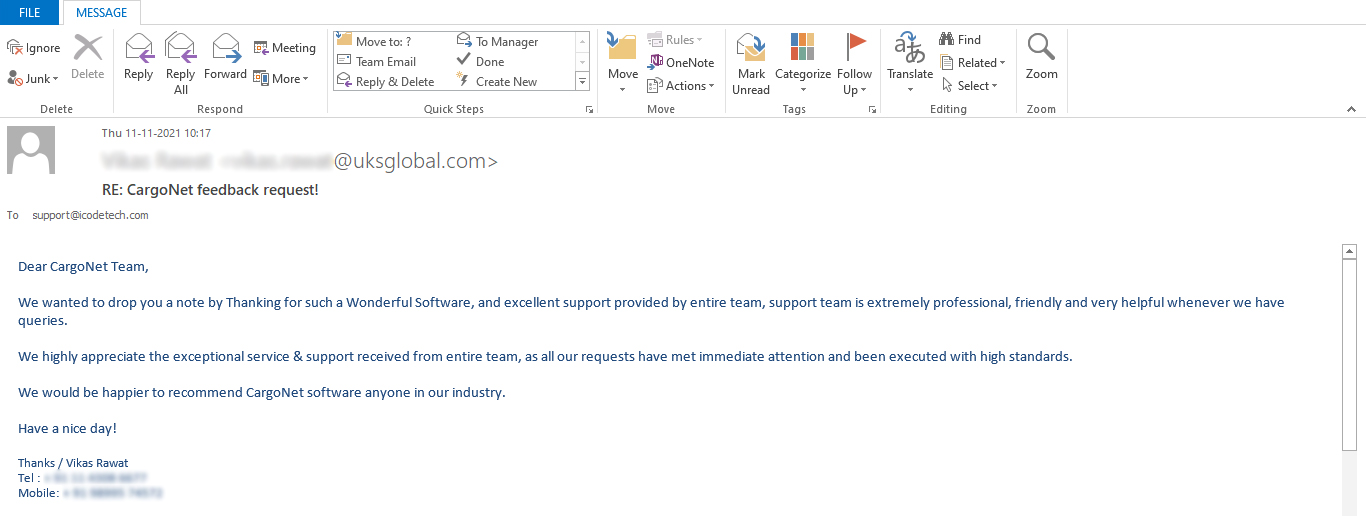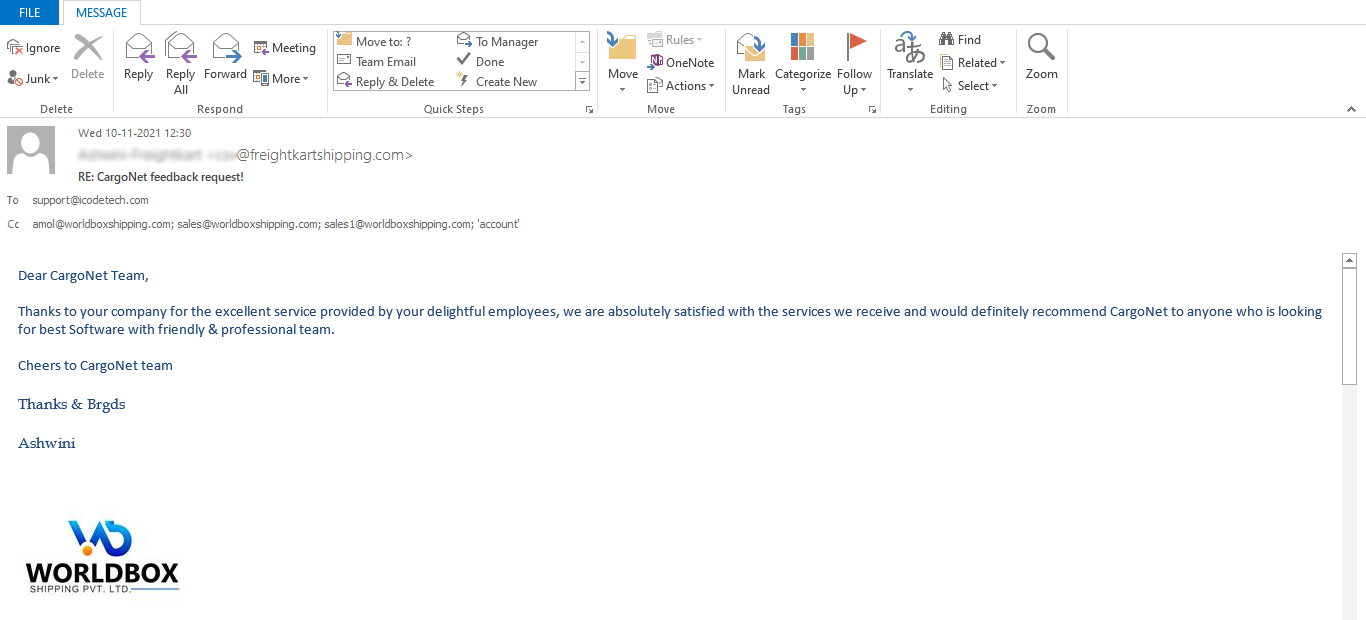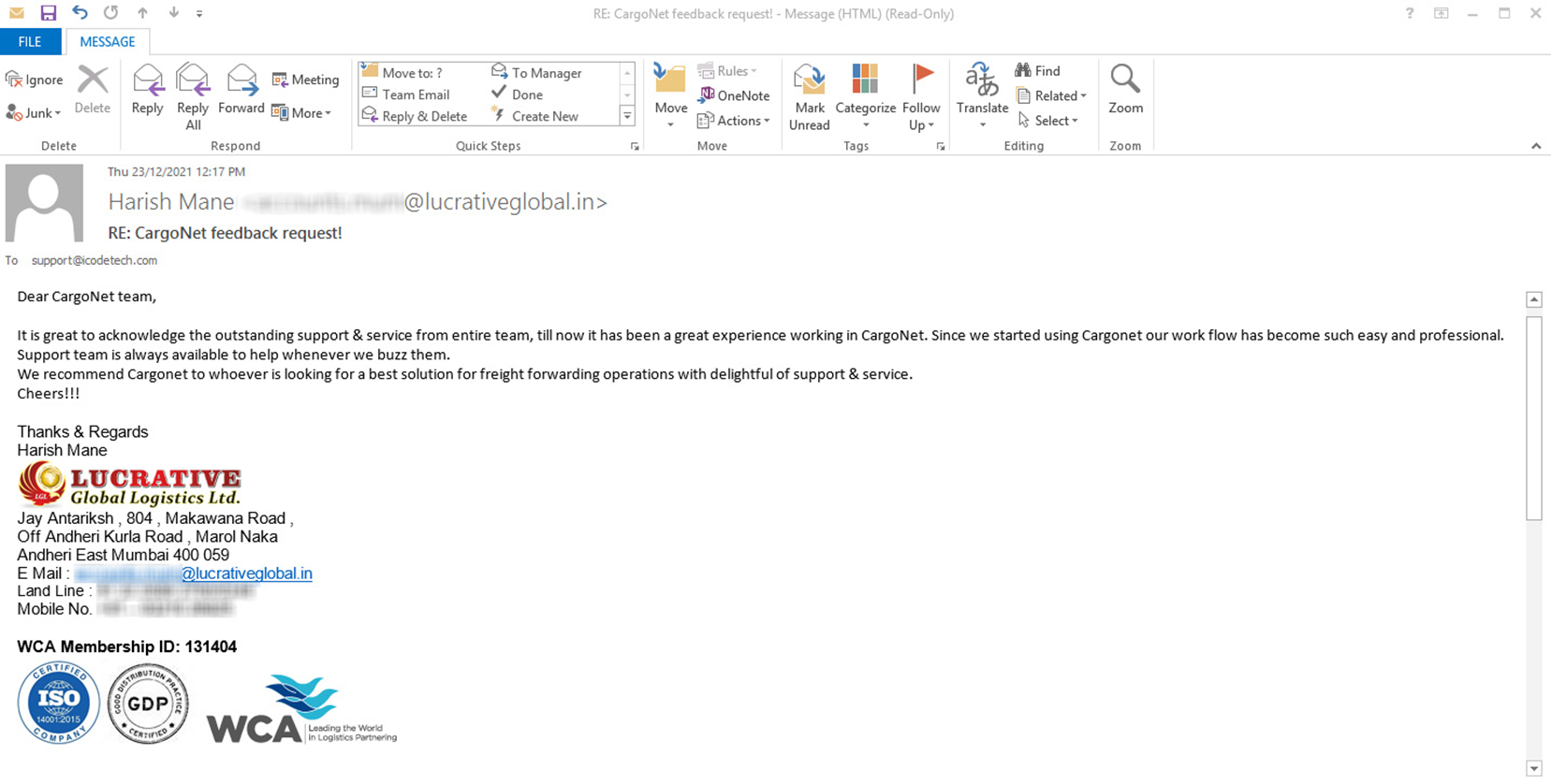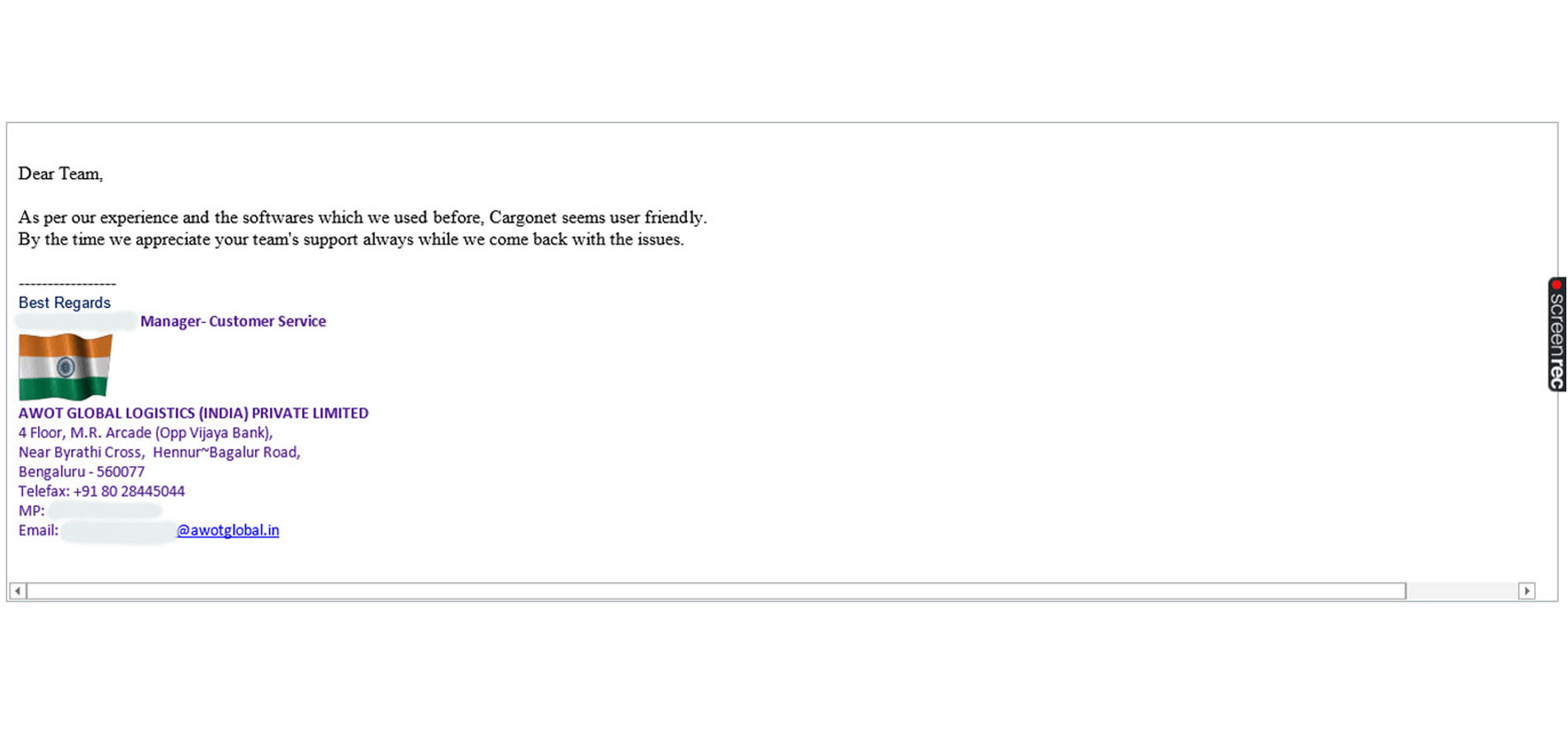Introduction to Shipping Software as a Critical Tool
Navigating the intricate waters of modern business logistics requires a reliable compass, and in this context, shipping software emerges as that essential tool. It plays a pivotal role, comparable to a trusty guide steering a vessel through the unpredictable seas of shipping, tracking, and delivery. More than just a technological aid, shipping software becomes a critical necessity for businesses seeking to streamline and optimize their supply chain processes.
Shipping software, at its core, is a specialized technological solution designed to simplify and enhance the various facets of shipping and logistics. It acts as a centralized hub or tool that businesses employ to oversee the entire shipping lifecycle, from processing orders to monitoring the journey of goods in real-time. This comprehensive software encompasses a range of functionalities crucial for efficient shipping operations, including order management, label generation, seamless integration with carriers, task automation, real-time tracking, analytics and reporting, and integration with other key business systems such as inventory management and e-commerce platforms.
Evolution of Shipping Software
The historical evolution of shipping software is a fascinating journey shaped by the dynamic needs of businesses in a digital and globalized marketplace. Initially, shipping processes were manual and time-consuming. However, with technological advancements, especially in the digital era, shipping software has undergone a significant transformation. From basic order processing tools to sophisticated systems integrating with global carriers, the evolution of shipping software mirrors the escalating demands of businesses to stay competitive and responsive in an ever-changing market.
Core Features
Shipping software boasts several core features critical to its effectiveness. These include order processing, enabling businesses to efficiently manage and fulfill customer orders. Label generation simplifies the creation of shipping labels, ensuring accurate and compliant documentation. Carrier integration facilitates seamless communication with various shipping partners, optimizing the selection of the best delivery options. Automation streamlines repetitive tasks, reducing manual effort and enhancing overall speed and accuracy. Finally, tracking functionality provides real-time visibility into the shipping process, allowing businesses and customers to monitor the movement of goods.
Types of Shipping Software
There are different types of shipping software tailored to diverse business needs. Standalone solutions offer specific functionalities focused solely on shipping tasks. Integrated platforms seamlessly combine shipping software with other business operations like inventory management. Enterprise-level systems provide comprehensive solutions suitable for large-scale businesses. Each type comes with its pros and cons, requiring businesses to carefully evaluate their requirements to choose the most suitable option.repetitive tasks, reducing manual effort and enhancing overall speed and accuracy. Finally, tracking functionality provides real-time visibility into the shipping process, allowing businesses and customers to monitor the movement of goods.
Benefits of Using Shipping Software
Implementing shipping software brings forth a multitude of advantages for businesses. Beyond the obvious improvement in operational efficiency, the software contributes to significant cost savings, primarily by optimizing shipping processes and reducing errors. Time efficiency is another key benefit, ensuring faster order fulfillment and delivery times. Improved accuracy in shipping tasks enhances customer satisfaction, leading to positive brand experiences and increased loyalty.
Common Challenges
While shipping software offers substantial benefits, businesses may encounter challenges during implementation and usage. Identifying and addressing these challenges, such as integration issues, employee training, or system compatibility, is crucial for a successful transition. By acknowledging these obstacles, businesses can proactively develop strategies to ensure optimal utilization of the software and a smooth integration into existing workflows.
Integration with Other Business Systems
The seamless integration between shipping software and other business systems is paramount for holistic operational efficiency. This includes integration with inventory management systems to ensure accurate stock levels, e-commerce platforms for a unified online presence, and customer relationship management (CRM) tools for enhanced customer interactions. This interconnectedness ensures that shipping processes align seamlessly with broader business operations, promoting a cohesive and streamlined workflow.
Case Studies
Real-world examples and case studies serve as valuable illustrations of the positive impact shipping software can have on businesses. These stories showcase successful implementations, highlighting improvements in day-to-day operations, scalability to accommodate growth, and enhanced customer experiences. By learning from these cases, businesses can glean insights into the practical benefits and potential challenges of adopting shipping software.
Choosing the Right Shipping Software
Selecting the perfect shipping software involves careful consideration of various factors. Scalability is crucial, ensuring that the software can grow with the business. Integration capabilities with existing systems, user-friendliness for seamless adoption, and cost efficiency are key considerations. By providing practical tips and insights into these factors, businesses can make informed decisions, ensuring the chosen shipping software aligns with their specific needs and sets the stage for improved logistics management.
Future Trends
As businesses continue to adapt to the ever-evolving landscape, staying abreast of emerging trends in shipping software becomes imperative. Future advancements may include the integration of artificial intelligence (AI) for enhanced decision-making and predictive analytics, blockchain technology for secure and transparent transactions, and a growing emphasis on sustainability practices. Exploring these trends allows businesses to future-proof their logistics operations and remain competitive in an increasingly digital and environmentally conscious market.
Implementation Strategies
Successfully integrating shipping software into a business requires strategic planning and careful execution. This section provides guidance on the step-by-step implementation process. From initial assessment and employee training to overcoming potential challenges, businesses can follow best practices to ensure a smooth transition. By understanding the intricacies of implementation, businesses can maximize the benefits of shipping software and avoid common pitfalls.
Conclusion
In conclusion, shipping software stands as a cornerstone in the logistics and e-commerce ecosystem, transforming from a simple tool to a strategic asset for businesses. This comprehensive framework delves into the definition and purpose of shipping software, its evolution, core features, types, benefits, challenges, integration with other systems, real-world case studies, and practical tips for choosing the right software. As businesses navigate the complexities of the shipping world, embracing shipping software becomes not just a choice but a necessity for those aiming to streamline operations, reduce costs, and enhance customer satisfaction. The future promises exciting advancements, and with the right implementation strategies, businesses can position themselves at the forefront of the ever-changing logistics landscape.

